Understanding your customers' needs and preferences is essential for any business striving to succeed. The Voice of Customer (VoC) is a powerful concept that captures these insights, helping companies improve their products, services, and overall customer experience. In this article, we demystify VoC by defining its core principles, exploring effective methodologies, and providing real-world examples and essential tools.
Voice of the Customer Definition
The Voice of the Customer (VoC) refers to the process of gathering customers' expectations, preferences, and dislikes. VoC gives you a deep understanding of what your customers need and want.
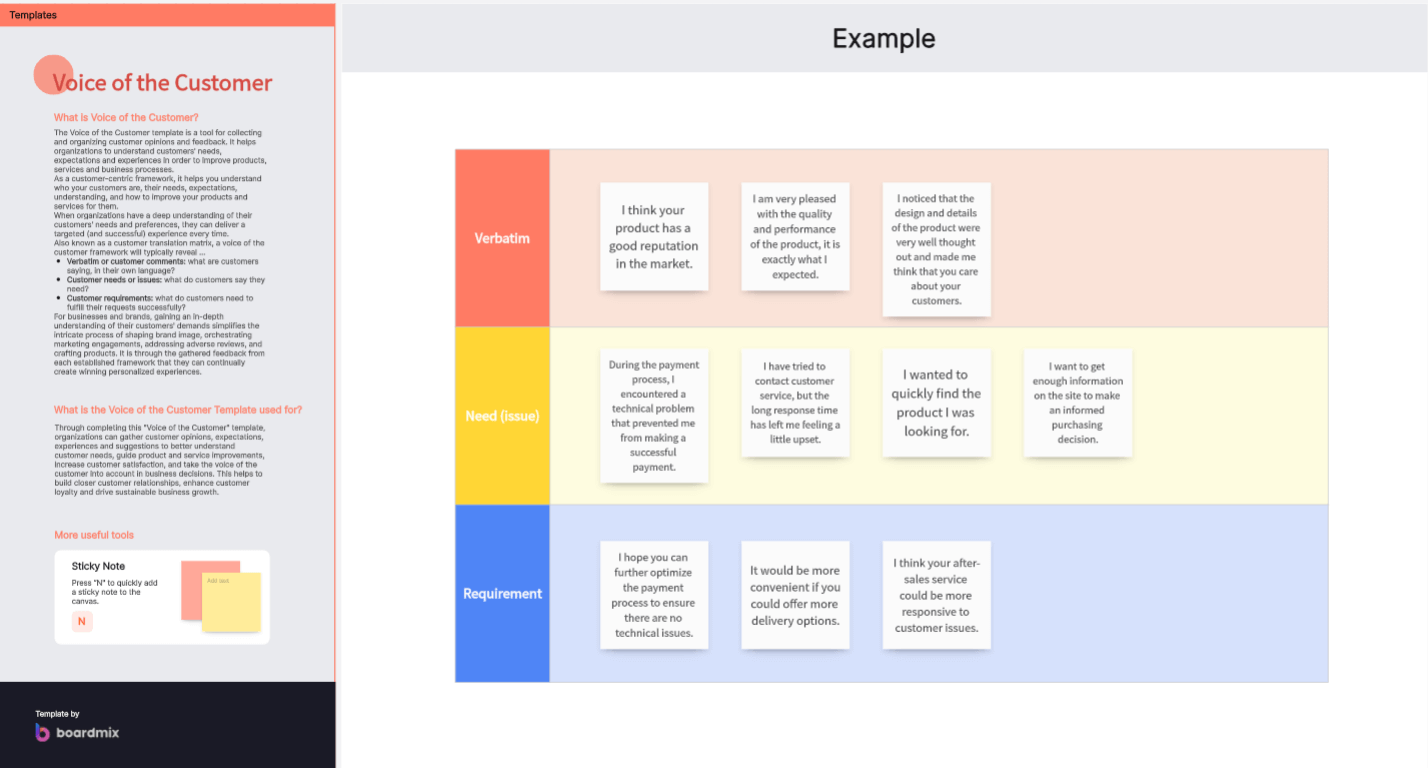
VoC is a part of a company's overall Customer Experience (CX) plan. In today's competitive markets, understanding the voice of the customer is crucial for building a customer-focused business. It helps companies create products and services that not only meet but exceed customer expectations, leading to brand loyalty and growth.
What is the VoC Process?
The Voice of the Customer process involves a structured approach to capturing, analyzing, and responding to customer feedback. Here is a general breakdown of the steps involved in the VoC process.
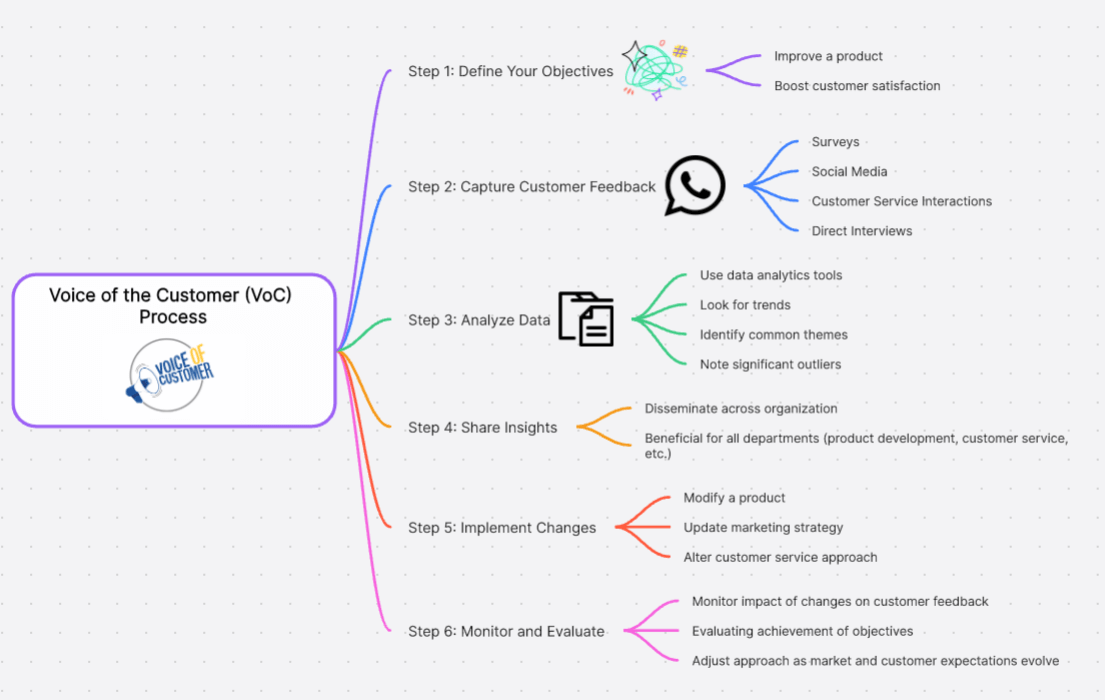
Step 1: Define Your Objectives
Start by identifying your goals. Are you seeking to improve a product? Boost customer satisfaction? Knowing your objectives will help guide the rest of the VoC process.
Step 2: Capture Customer Feedback
Collect data from various sources such as surveys, social media, customer service interactions, and direct interviews. The more diverse your data sources, the more comprehensive your understanding of the customer's voice.
Step 3: Analyze Data
Use data analytics tools to organize, categorize, and interpret the feedback collected. Look for trends, common themes, and significant outliers in your data.
Step 4: Share Insights
Disseminate the insights you've gained across your organization. All departments, from product development to customer service, can benefit from understanding the customer's voice.
Step 5: Implement Changes
Take action based on your findings. This might involve modifying a product, updating your marketing strategy, or altering your customer service approach.
Step 6: Monitor and Evaluate
Finally, monitor how changes impact customer feedback and evaluate if you're achieving your objectives. The VoC process is iterative - as the market and customer expectations evolve, so too should your approach.
By systematically following the VoC process, businesses can align their offerings more closely with customer expectations, leading to increased customer satisfaction and loyalty.
What is the Method of Voice of the Customer?
The Voice of the Customer (VoC) method involves various techniques and tools to capture, analyze, and utilize customer feedback and preferences. Let's take a closer look at these methods.
VoC Method 1. Surveys
Surveys are the most common method to capture the voice of the customer. They are typically structured with a combination of open-ended and closed-ended questions to extract both qualitative and quantitative data.
VoC Method 2. Interviews
Direct one-on-one interviews or focus group discussions provide deeper insights into customer preferences and expectations. These interactions are more personal and allow for comprehensive discussions.
VoC Method 3. Social Media Monitoring
With customers freely sharing their experiences on social media, these platforms have become a rich source of VoC data. Regular monitoring of comments, reviews, and posts related to your brand can provide valuable insights.
VoC Method 4. Customer Reviews & Feedback Forms
Customer reviews, whether collected via your website or third-party platforms, can give you a good idea of what customers think about your products or services. Similarly, feedback forms provided post-purchase or post-service can be very insightful.
VoC Method 5. Website Analytics
Analysis of website behavior, including clicks, page views, bounce rate, etc., helps understand what customers are interested in and where they may be encountering difficulties.
VoC Method 6. Customer Service Interactions
Customer service channels like phone calls, chats, emails, etc., are rich in customer data. Customers share their pain points, problems, and suggestions during these interactions.
After collecting this data, the next step is to analyze it to uncover trends and common themes. Various data analysis tools, including text analytics and sentiment analysis, can help make sense of the gathered data.
The insights derived from this analysis form the basis for actions aimed at improving customer experience and business performance. Periodic reassessment ensures that the measures taken are effective and that the company remains in tune with evolving customer expectations.
What are Examples of Voice of the Customer?
The Voice of the Customer examples are essentially instances where customer feedback and preferences are captured, analyzed, and used to make improvements in a company's offerings or processes. These can span across multiple platforms and formats.
1. Survey Responses
This could be a post-purchase survey where a customer rates their shopping experience, provides feedback on the product they bought, or gives suggestions for improvement.
Example: After purchasing a smartphone online, John receives a survey asking him to rate his purchasing experience, product quality, and if he would recommend the brand to others. He gives high ratings for his overall experience but suggests improvements for the product's battery life.
2. Social Media Interactions
These include customers' posts, comments, or reviews on social media platforms about a brand or its products/services.
Example: On a fitness brand's Instagram post about their new line of protein bars, Sarah comments that she loves the taste but wishes there was a vegan option available.
3. Customer Interviews
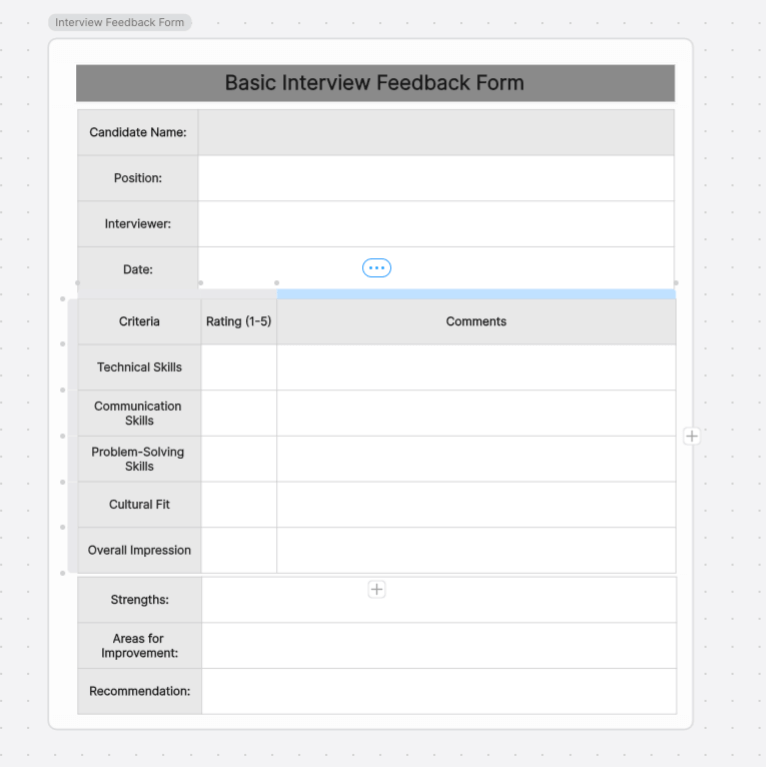
A direct one-on-one interview with a customer can provide in-depth feedback.
Example: A software company interviews with its client, a large corporation. The client shares that they love the software's user-friendliness but would appreciate better integration with other tools they use in their workflow.
4. Website Behavior
Customers' interaction with a company's website can also be a part of VoC data.
Example: Website analytics reveal that many customers add products to their cart but do not complete the purchase. This could indicate that customers are facing issues with the checkout process or find the shipping cost too high.
5. Feedback from Customer Service
Customers often share valuable insights while interacting with customer service.
Example: A customer emails customer service stating that while they love the product range, the delivery takes too long.
6. Online Reviews
Reviews posted by customers on e-commerce sites, app stores, or review platforms provide crucial VoC data.
Example: On a restaurant review site, a customer praises a restaurant's food and ambiance but criticizes the slow service.
Each of these examples represents VoC data that a company can analyze to understand its customers better and make improvements accordingly. The goal is always to increase customer satisfaction and align business offerings more closely with customer expectations.
Voice of the Customer Questions
When collecting Voice of the Customer data, the questions you ask play a crucial role in the insights you'll gather. Here are some examples of effective VoC questions:
1. Satisfaction and Loyalty Questions
- How satisfied are you with our product/service?
- On a scale of 0-10, how likely are you to recommend our product/service to a friend or colleague?
- What do you like most about our product/service?
- What would make you consider switching to another product/service?
2. Experience and Perception Questions
- How would you describe your recent interaction with our customer service team?
- How easy was it to find the information you needed on our website?
- How does our product/service compare to similar offerings in the market?
- What words would you use to describe our brand?
3. Improvement and Feedback Questions
- If you could change one thing about our product/service, what would it be?
- How can we improve your experience with our company?
- Are there any features you'd like us to add in the future?
- What other products/services would you like to see from us?
4. Expectation and Requirement Questions
- What expectations did you have before using our product/service?
- Were those expectations met, exceeded, or not met? Why?
- What features are most important to you in a product/service like ours?
- What are some challenges you face that our product/service does not currently address?
What are Voice of Customer Tools?
To effectively collect, analyze, and action Voice of Customer (VoC) data, businesses often make use of a variety of specialized tools. Here are some of the most commonly used VoC tools.
1. Survey Tools
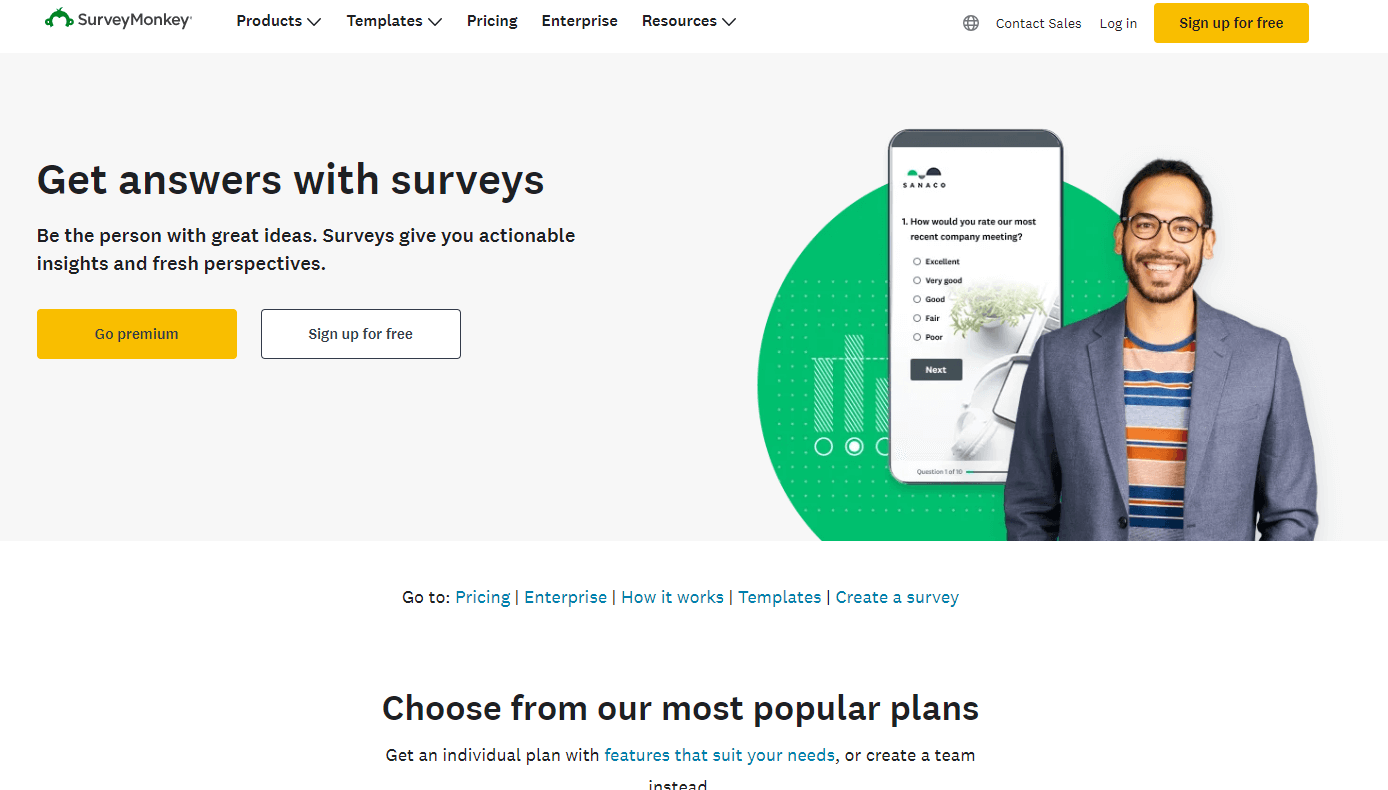
Online survey platforms allow you to create customized surveys and collect data from customers in an organized and manageable way. Popular survey tools include SurveyMonkey, Qualtrics, and Google Forms.
2. Social Listening Tools
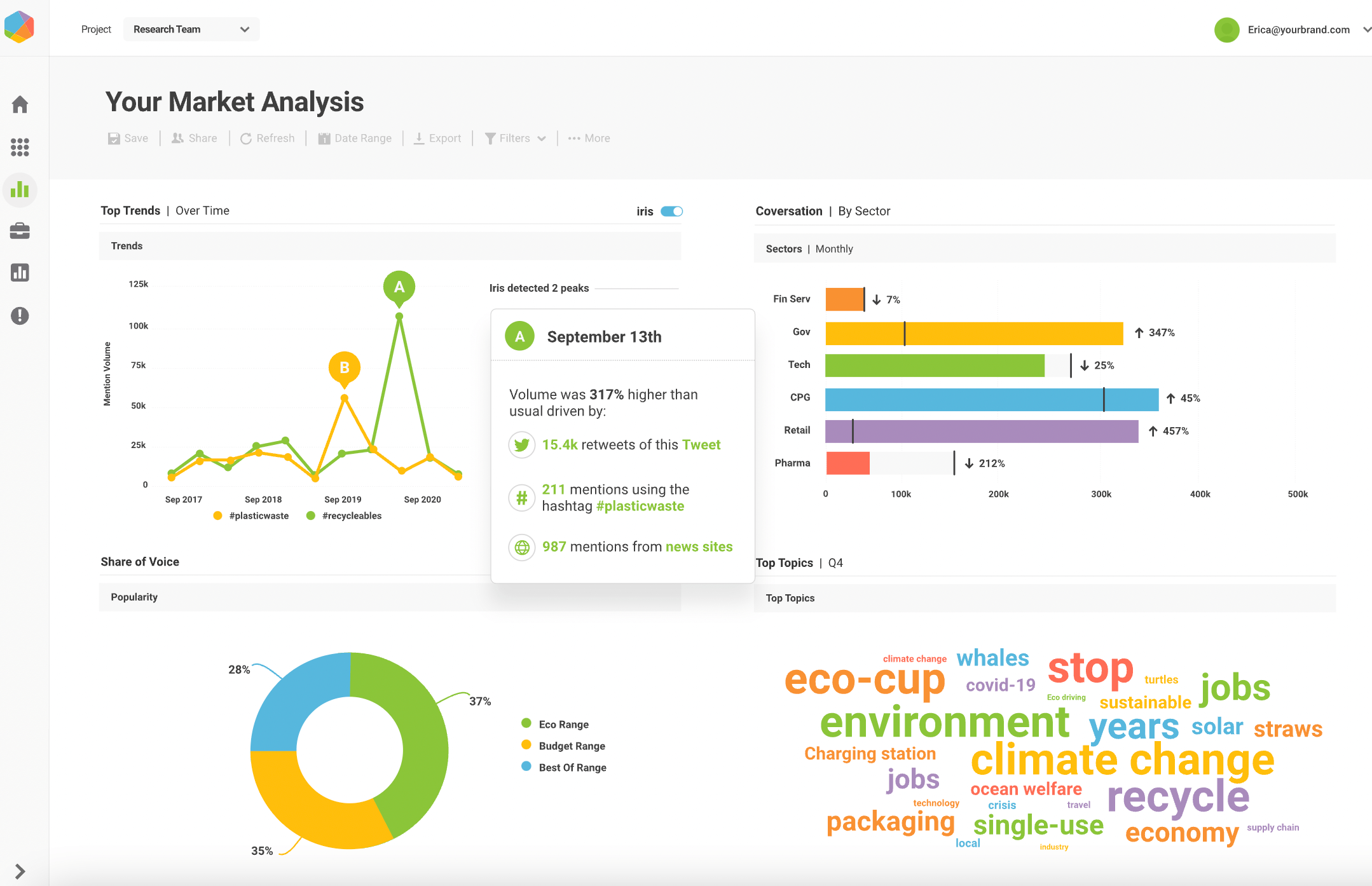
Social listening tools help track brand mentions and sentiments across various social media platforms and online forums. These tools allow businesses to gain real-time insights into customer opinions and experiences. Brandwatch, Hootsuite, and BuzzSumo are widely used for this purpose.
3. Customer Feedback Tools
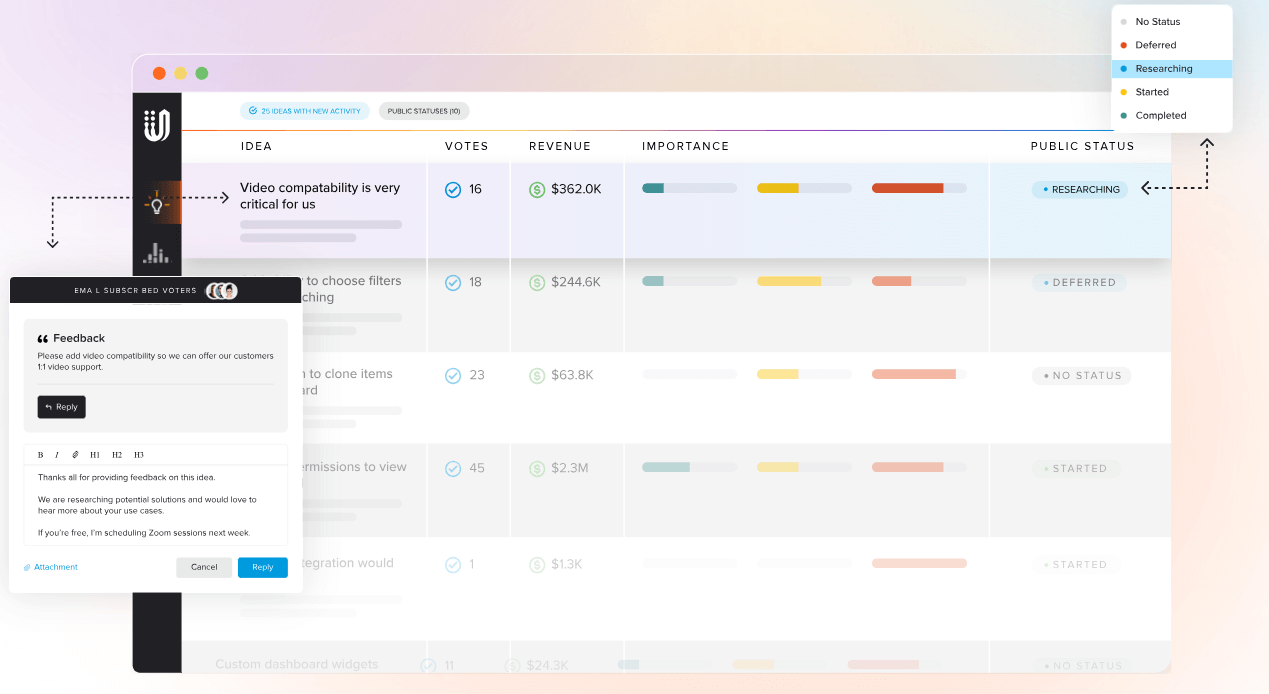
Customer feedback platforms like Uservoice or UserReport allow you to gather feedback directly from your customers via your website or application. These tools can collect feedback in various formats, like star ratings, smiley/sad face scales, and open text fields.
4. Web Analytics Tools
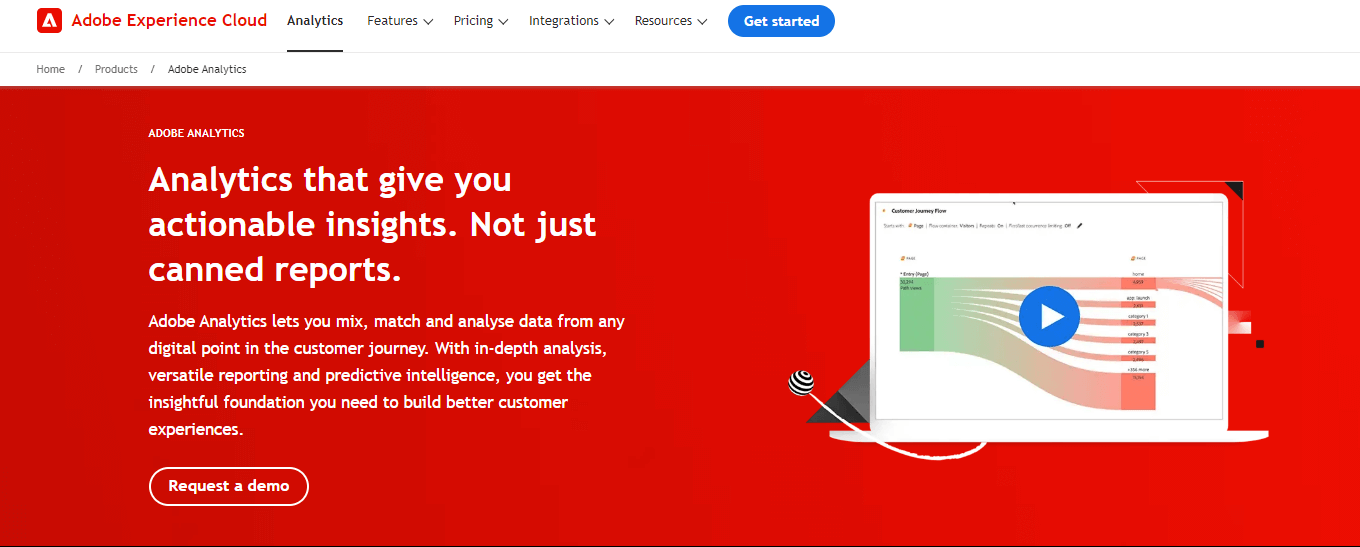
Web analytics tools, such as Google Analytics or Adobe Analytics, provide valuable insights into customer behavior on your website. These tools can highlight areas where customers may be encountering difficulties or where engagement is particularly high.
5. Text Analytics Tools
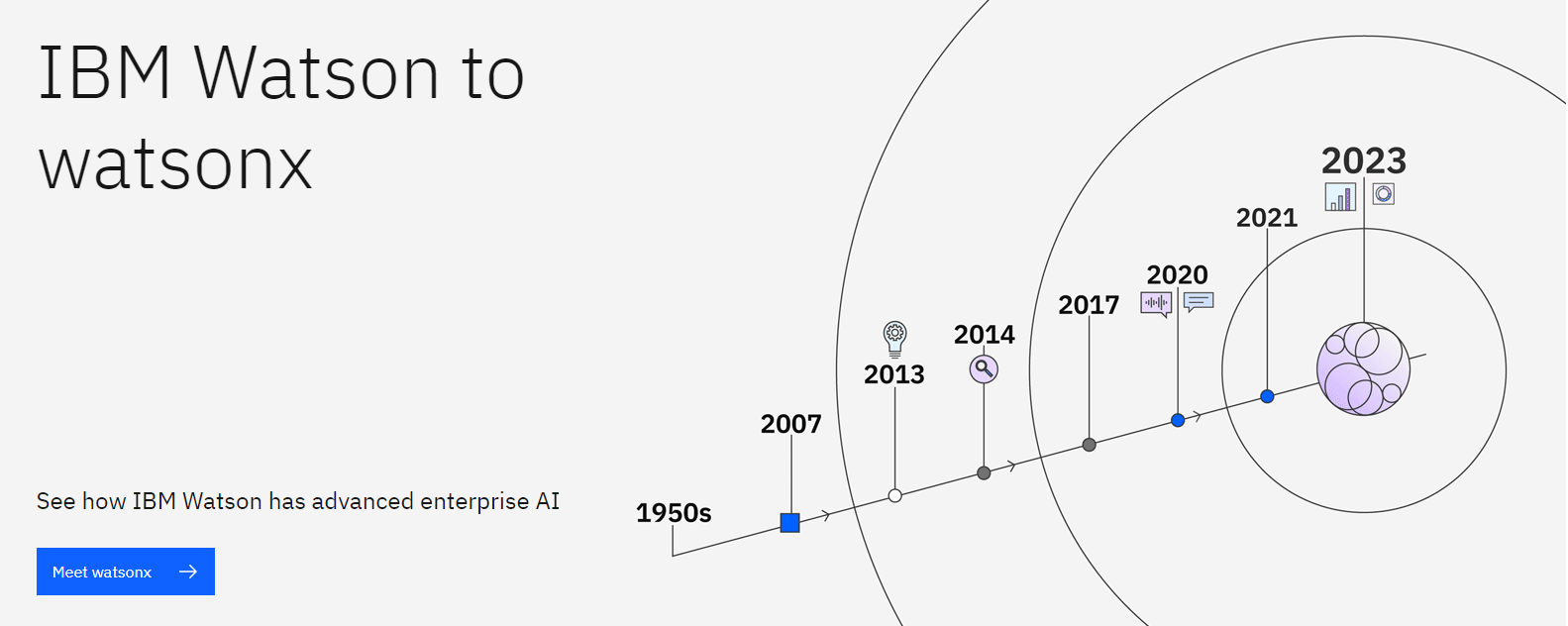
Text analytics tools help analyze open-ended responses from customers by identifying common themes and sentiments. Tools like IBM Watson or Google Cloud Natural Language API use artificial intelligence to understand customer sentiment at scale.
6. CRM Software

Customer Relationship Management (CRM) systems, like Salesforce or HubSpot, can also serve as VoC tools by capturing and analyzing customer interactions across various touchpoints.
7. VoC Drawing Tool
Boardmix is a popular tool used by many businesses to visually depict and analyze the Voice of Customer data. With an intuitive and user-friendly interface, it allows users to create interactive and informative worksheets that capture customer feedback effectively.

Each tool has its strengths and is used for different aspects of the VoC process. Many businesses use a combination of these tools to gather a comprehensive understanding of their customer's experiences and opinions.
With the right VoC tools, businesses can make more informed decisions and better meet their customers' needs.








